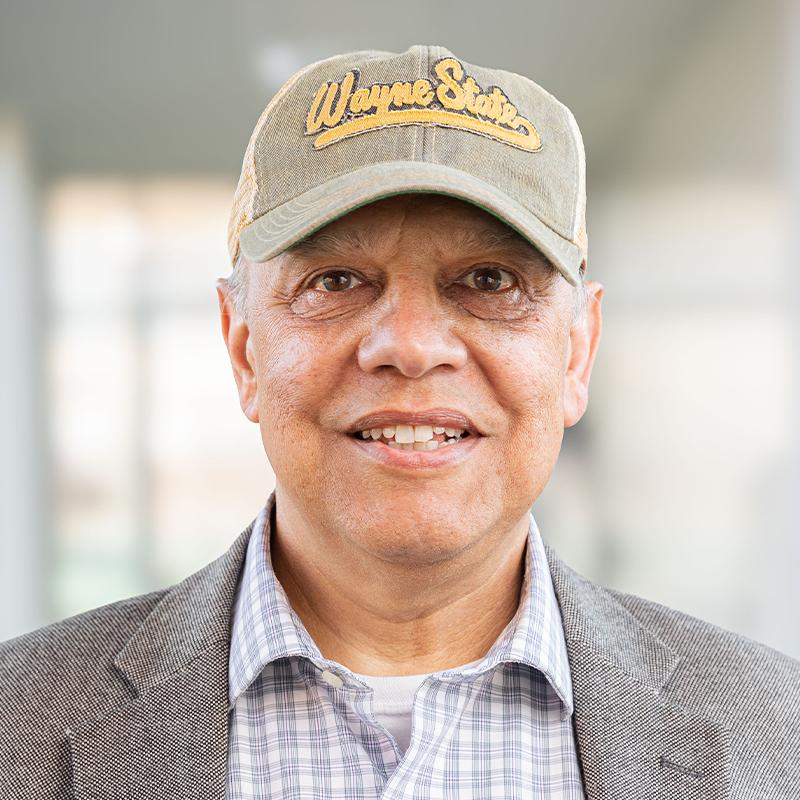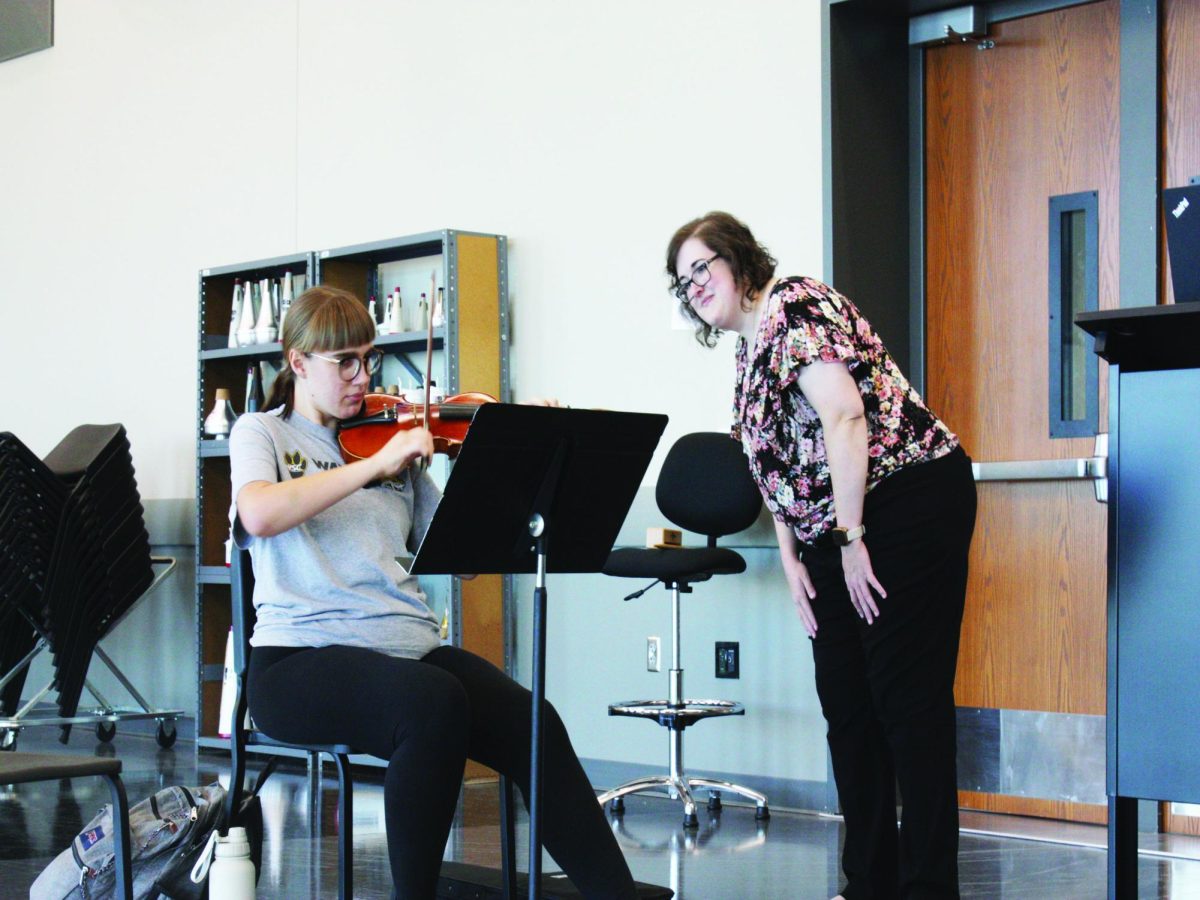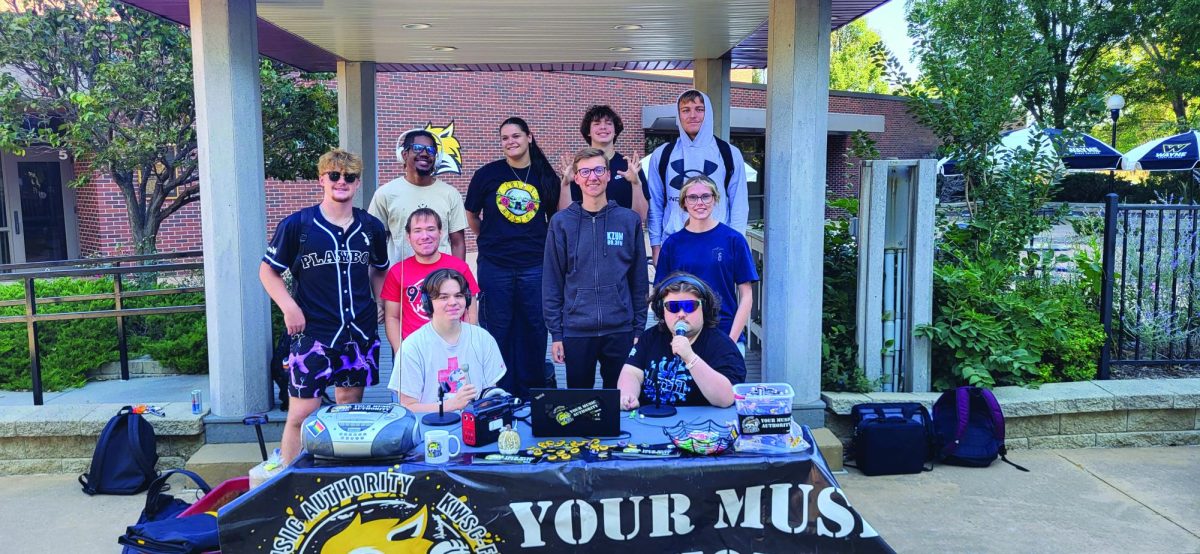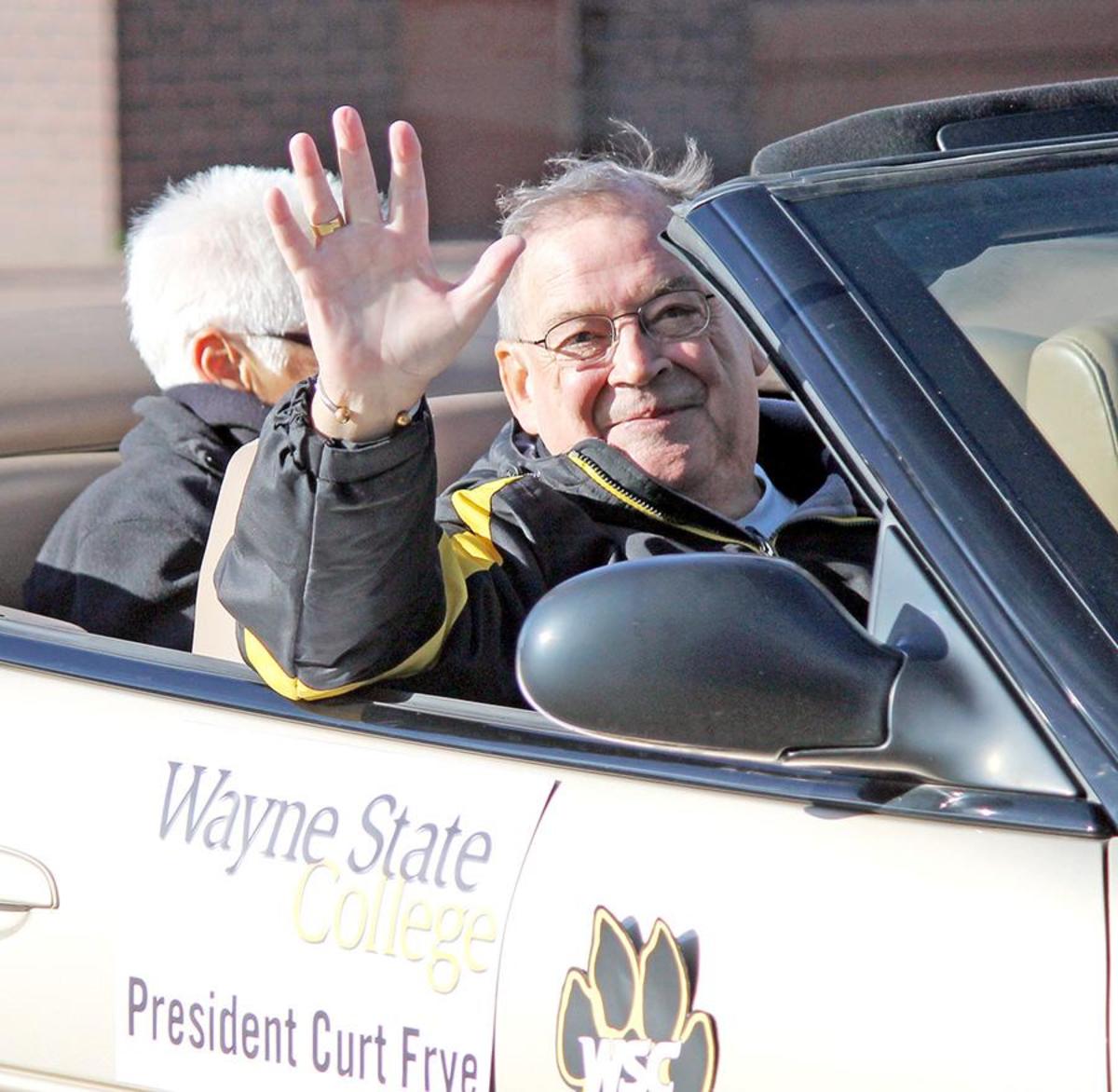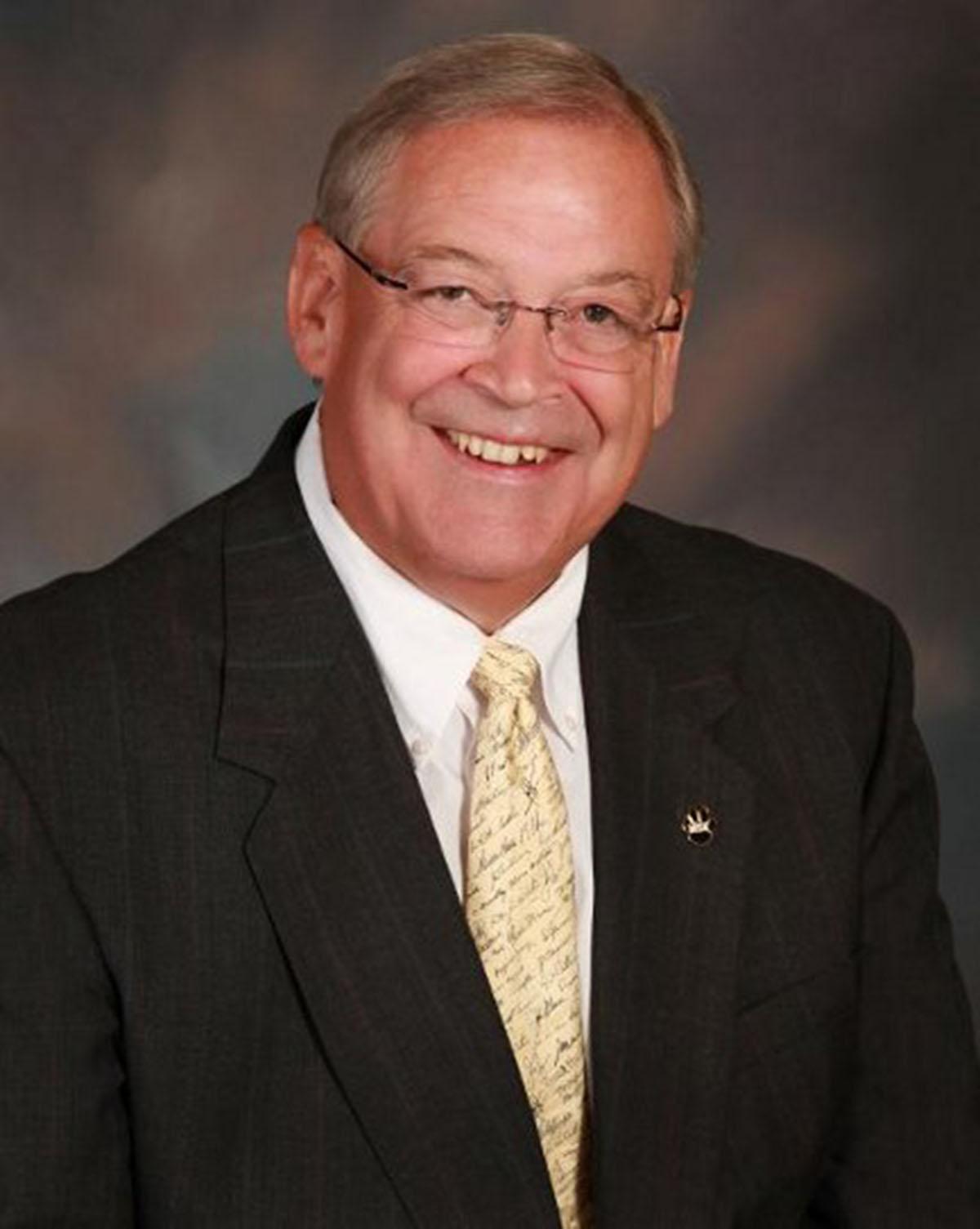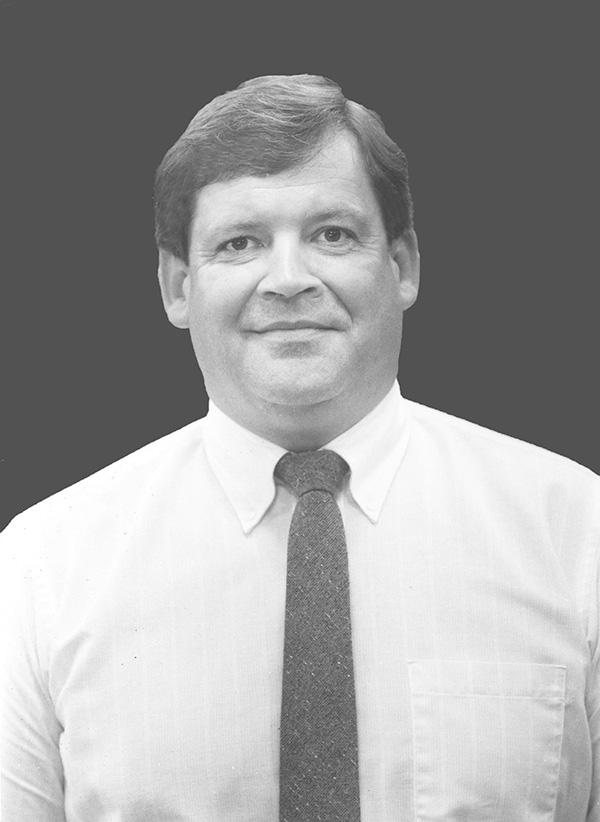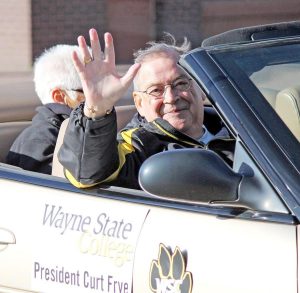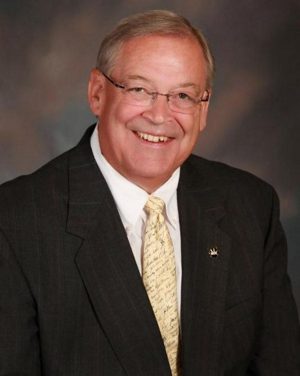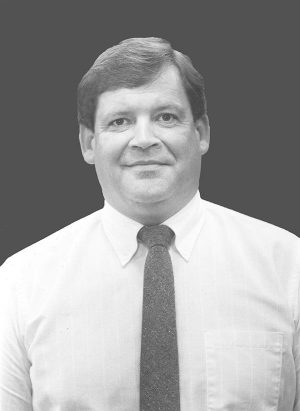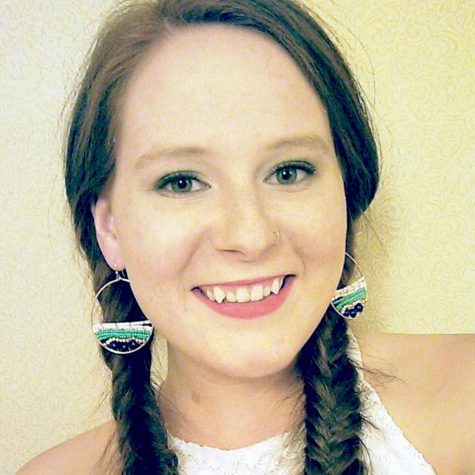Curt Frye: the George Washington of WSC Presidents
After 30 years spent at Wayne State College, retiring Frye still passionate for education
March 25, 2015
After two years of serving Wayne State College as president, and a total of thirty years invested in the school, President Curt Frye will retire this summer.
Hanging on the wall of his office is a painting of the country school Frye attended, through grade school and high school.
“I always wanted to be an educator. It started back in country school because when we got into the upper grades, we would help the younger children with their reading, math and science because there was one teacher and thirty-six children.
“I was always fascinated with how people learn, and trying to find out the best way for each individual to learn. That just fascinated me.”
Frye decided to go into teaching.
“At first, I thought I would be an elementary teacher, and then I determined that I really wanted to do some things with athletics, like coaching,” he said, “so secondary was probably better. I taught secondary history and social studies, and some middle school science and English—a smattering of things.”
Frye was born in Elk City, “a wide spot in the road,” according to him. After attending Bennington High School and then Midland University in Fremont, Frye began teaching at age 21. He went to Chadron State College, where he earned his advanced degree. He married his wife of 47 years, Dianne, at their respective ages of 20 and 19.
Frye first landed in Wayne when he served the high school as guidance counselor. When he heard there was an open position for Associate Dean of Students at the College in 1985, he applied and got the job. Three years later, Frye was named Interim Dean of Students, and in 1993 became Vice President of Student Affairs. He served as Interim President from 2003-2004, and retired in 2009.
But he couldn’t stay away, as the College asked Frye to return. He has been at Wayne State ever since and will retire at the end of this fiscal year.
When Frye was inaugurated on October 6, 2011, as president, he charged the attendees of the ceremony to “keep the college’s mission at the forefront of development and improvement of Wayne State’s unique higher education programs.”
“The mission of the institution is three-pronged,” he said. “Student success, excellence in learning and regional service.
“It’s all-encompassing,” he continued, “because we (Wayne State) are a part of the community we live in, so the charge of the institution is to be reactive to the needs of the region. But at the heart of the matter is education.”
With a combined total of over thirty years at Wayne State College between his three periods of time at the school, Frye has seen much change. He noted the physical repairs and additions to the campus, naming the renovations of Hahn, Carhart and Conn Library.
“There’s hardly a building on campus that hasn’t been dealt with. One of the things I’ve discovered in this position is that once you complete a building it begins to fall down,” he laughed. “It’s a never-ending cycle. But once you stop doing those things, you stop attracting students.” Frye said that he believes the grounds and buildings need to be made comfortable places for students.
Since his eighth-grade days of teaching younger students, to his middle school and high school experiences and now as president of the College, Frye’s focus has always been the success of other students.
“Without students, what good is a college? Students are very important people. What I love to see is prospective students, and even freshmen, when they first come to campus—and then, taking a look as they come across the stage,” Frye said. “What a world of difference four years makes.”
Frye’s success as an educator and president did not come without one of his most noble characteristics: his love for students.
“When I was Vice President of Student Affairs, there were some freshmen of which you would say, ‘They’re just not going to make it,’” he said. “But they do. We have some people here who are very, very bright, and have great futures ahead of them. They persevere and they persist. It’s gratifying and rewarding to be a part of that.
“I’ve gotten so many what I call ‘teacher paychecks’: the kind of feeling I get when I see people succeed,” he said.
As for the next president, Frye said he hopes that he—or she—will keep the mission of the school in mind, and use it as a guide.
“As long as you’re being true to the mission, you can’t go too far off,” he said.
He also hopes that decisions will be made by the new president by answering the question, “How are we furthering either the learning experience or facilities for the students?”
“The president is the face of the institution,” Frye said. “It’s interesting, the amount of time a presidency takes, in terms of the number of hours you are at student events, community events, board events, athletic events.
“You can’t get to everything, it’s just not possible. But you do the best you can,” he said.
As president, Frye did not only have a positive effect on students. He was well-loved and respected by faculty during his time at Wayne State. One faculty member has called Frye the “George Washington of WSC presidents.”
Frye believes that in addition to making good and helpful decisions for the college, involvement with students is key. According to Frye, it is important that the students see the president at their events. They expect it, he said, and rightfully so.
“I care very deeply about this institution. I’ve invested a lot of time here. There’s too much invested in the place to just walk away,” Frye said. “Some students have asked me if I’ll ever come back to campus. Sure, I will. I’ll be on campus a lot. I just won’t be carrying the keys.”
After retirement, Frye plans to stay in the area, as his children and two grandchildren live nearby. He and Dianne plan to revisit Mexico and Europe, as well as their condominium in Arizona and their houseboat, where he can enjoy fishing and reading.

